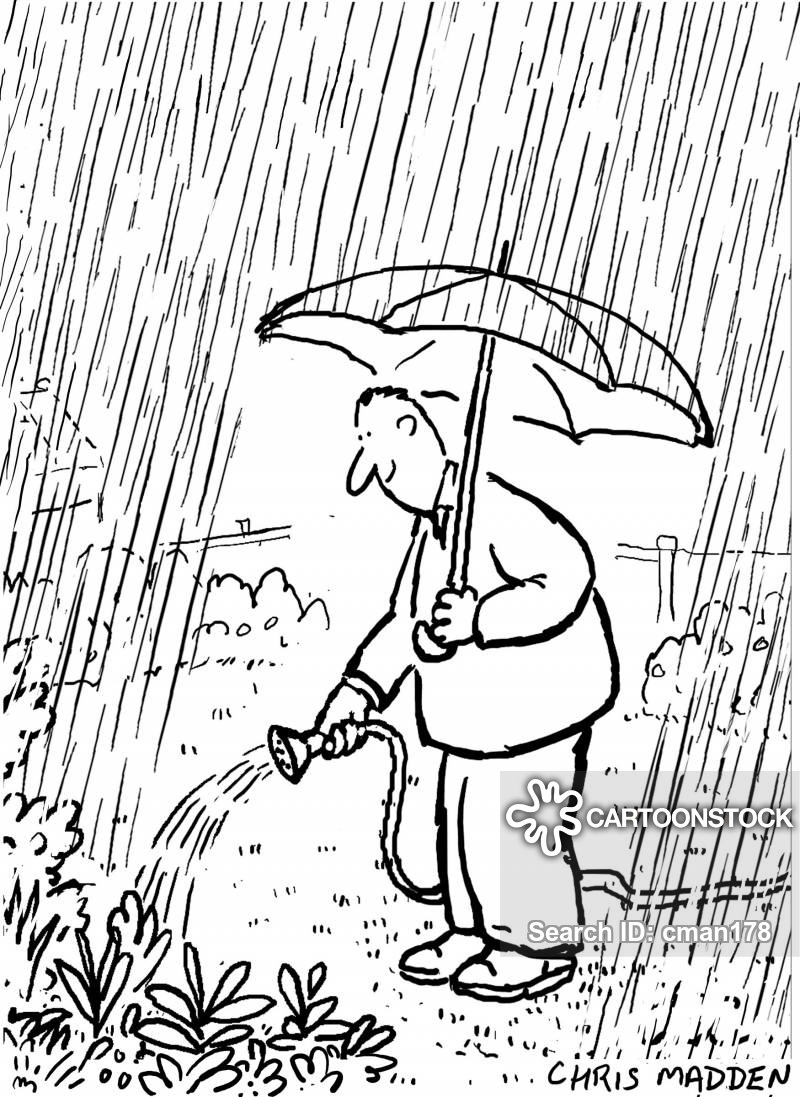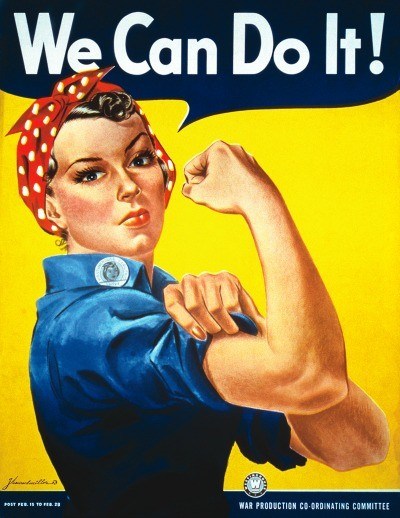When we talk about water in the West, there are three myths we hear so often they have become accepted by many as truth. The first myth is that, as population grows and the economy expands, we will soon run out of water; economic growth will come to a screeching halt, and a parched, dust-bowl apocalypse will be upon us. The second myth is that we can only forestall imminent water shortage and the accompanying economic collapse by building bigger reservoirs and longer aqueducts, drilling deeper for groundwater, drying up farmland, and diverting more distant rivers. The third myth is that “whisky’s for drinking and water’s for fighting over.” This is the headline-grabbing narrative that Western water supply is a zero-sum game in which stakeholders with legions of attorneys are pitted against each other and for every winner, a loser will lie vanquished in the dust.
Denver’s Total Water Use has Declined 20% Since 2002
In 2016 Denver Water CEO Jim Lochhead was interviewed in Denver’s 5280 Magazine about the $380 million Gross Reservoir Expansion Project, meant to secure additional water supplies for the Front Range. The article follows the standard narrative of how precarious Denver’s water supply is, that Denver Water almost ran out of water during the drought of 2002 and ends dramatically by stating, “the Gross Reservoir expansion will help ease drought concerns—at least for now.” However, buried in the article’s narrative of urgency and pending shortage is the nugget: “Denver residents have managed to reduce water consumption by more than 20 percent in the last 15 years, even with a 15 percent increase in population.”
So let that sink in for a moment: since 2002 Denver’s total water use fell by 20% despite a 15% population increase and an economy accelerating at an amazing pace. If you ponder this it seems pretty impressive and it’s easy to think there are either high-technology tools, like “smart water meters,” or draconian water cutbacks behind this conservation miracle. In truth the water savings were accomplished with a combination of public education and fairly low-tech conservation measures encouraged by rebates for low-flush toilets and appliances or installing higher efficiency landscaping and irrigation systems – the “low hanging fruit” of water efficiency. These tools are only scratching the surface of what we can do if we put our minds to it.
That water use in Denver has declined so much was news to me. Since 2002, only a couple of residents in my Western ‘burbs neighborhood have ripped out their lawn and gone full xeriscape, people still water their grass and smell like they bathe regularly. More likely there have been some bathroom remodels like mine where a water-guzzling toilet was replaced by a newer, more efficient model. But I haven’t noticed any fake lawns or signs of other radically decreased water use. And yet Denver is using one-fifth less water despite our growth.
Decoupling Resource Use from Economic and Population Growth
This trend of decreasing water use while population and the economy grow, referred to as “decoupling,” is happening all around the country and in agriculture as well as the cities. For example, California agricultural water use has declined by 40% since the 1980s while the amount of irrigated land has increased overall. Put simply, economic and population growth do not require fixed amounts of water per dollar of output, or per person.
So how much further can we go before water savings impinge on our quality of life and become an inconvenience? The water savings above are only a start; in the Denver Water service area, households receiving efficiency rebates are likely still in the minority. The implications of greater participation in conservation programs, non-potable water reuse, and especially landscaping more suitably for our semi-arid climate, could result in significant water use savings and prepare us for the next drought.
Roadblocks to Conservation

Despite plenty of off-the-shelf technology and knowledge of how to save water, the main impediments to conservation seem to come from institutional inertia and habits of perception. While there is more cooperation among water users these days many, particularly in the media, still subscribe to the mentality summed up by the third Western water theme of conflict over a scarce resource. Suspicion about who will get any conserved water if there’s not a specified user designated to receive that saved water is an issue to be dealt with. Our Western water rights framework, the Prior Appropriation System has a “use it or lose it” provision that requires maximum consumption of a decreed water right even if the water isn’t needed. Indeed, there are places in the South Platte River Basin where water management methods have been so successful that aquifers have risen to the point that fields are waterlogged and structures have been damaged. And in some circles an attitude exists that conservation of our shared resource, especially if mandated by the government, is anathema to free market economics and the “American Way,” as if highly subsidized water projects to irrigate low-value crops are consistent with capitalist supply and demand theory.
We Can Do It! 
After high school I worked offshore on oil rigs in the Gulf of Mexico. One evening my crew kicked back in safety netting slung under the Ocean Viking, an offshore platform rising a hundred feet from the waves. Four years earlier this 3,000-ton semi-submersible drilling platform oil had been in the North Sea where it struck first oil off the coast of Norway. After watching a graceful school of manta rays glide below us my gaze rose to the horizon where another half dozen similar rigs were busy punching three-mile deep holes in the seafloor for oil. The thought that this hulk of steel had been towed thousands of miles across the Atlantic to Norway and back again to the Gulf of Mexico instilled in me the belief that, when motivated, we humans can do the most amazing things. We’ve got the technology to save water, preserve our quality of life, and prevent degrading the environment more. Surely we can meet our growing needs with the water we have.
November 20, 2019
This post is an updated version of an article that originally appeared in the May 2017 Colorado Environmental Management Society Newsletter. No part of this article may be reproduced without attribution to the author. Please feel free to link to this post.

